AFL 23 grew from a shaky start to become something that most fans of the sport could love. It followed Big Ant’s usual MO of, shall we say, responsive patching post-launch, as the feedback rolled in and the ever-vocal sports game community made it clear what they liked and didn’t. Say what you like about this approach, it does show that Big Ant are committed to producing the kind of game that players want. What’s more, when they do get a second swing at the ball, they generally deliver something that has been crowdsourced to a high standard. Enter AFL 26.
The first thing you’ll want to do is duck into the tutorial, even if you are familiar with AFL 23 (or, at least, played it in the early days after its initial release), because there are things that have changed over the years of ongoing development. This tutorial only takes around 10 minutes to run through, and then you’ll be equipped to jump into the game proper. What you’ll immediately notice is that the movement and general quality of play are very smooth. The controls are responsive and precise, and whether it’s the long kicking game or short, fast passing game, there’s a level of cohesion and consistency in AFL 26 that makes it incredibly enjoyable to simply play.
What most impressed me, however, was the points scoring. AFL 23 was often a bit of a mess at times with getting the ball down the field, but once you were within kicking range to the goals, it became a cakewalk. I realise that what I’m about to write won’t make sense to non-AFL fans, but then again, those people probably aren’t reading this review: I would be lucky to get one behind for every 20 goals, kicking from as far back as the 50-metre line, and that’s just ridiculous. Most other people who played AFL 23 were in the same boat. It was just far too easy to score with precision.
AFL 26, meanwhile, “rewards” high-risk play with high-risk shots, with an exceptionally intuitive yet challenging aiming system that will very happily drag speculative shots into behind territory. Suddenly, scorelines start to look authentic to the sport, and getting a goal over a behind feels earned, which is always a good sign for a simulation.
On the field, the action can still be chaotic. This isn’t inherently Big Ant’s fault, as the sport of AFL itself is inelegant and chaotic at the best of times (that is why we love it), but with the camera zoomed out and a mess of bodies running around like crazy, it can be hard to follow the action, much less make sure you have the right player selected to make a play on the ball or a critical tackle. This is something that gets better with practice, but to newer players be warned: the first couple of games, even on the easiest difficulty setting, can be frustrating. There are a lot of button combinations to remember, a lot of movement on the field, and it’s paced really quite quickly too. Stick with it, because all those things that are initially frustrating make for some exciting games as you’re able to string plays together and get a defensive strategy organised.
There are plenty of different ways to play, with online and seasons, as well as a management mode that, thankfully, offers something more than an endless sequence of matches to play. There’s a difficult balance to get right here. I would suggest that most people don’t want a full management sim, but at the same time, a management mode needs to make you feel like you’re actually making decisions off the first that impact on the on-the-field performance. Big Ant largely gets that right here, tasking you to keep an eye on club finances, membership, training, player attitudes and injuries and travel plans.
Elsewhere, there’s a Pro Team mode, which is Big Ant’s riff on what the big publishers do with card packs and “build the team of your dreams” promise. I’ll never play this, just like I refuse to touch these modes in other sports games, but from what I can tell, this mode was pretty well received when it was patched into the previous AFL 23, and will no doubt be popular this time around as well.
Such a mode can only ever be a success if the game nails the licenses. After all, building an “ultimate team” doesn’t mean much if you’re not going to recognise who is in the team. Big Ant has always put particular focus on the licenses, and not only will AFL 26 have the greats from past and present available to players, but they look pretty spot on, too, thanks to quality photogrammetry and increasing sophistication in the skills of the animators. So much of the stiff gaits and wooden expressions have been massaged out of AFL 26’s engine, and it’s genuinely impressive to see. Stadia look great, too, and the lighting system is convincing for both daytime and night matches. The crowds are a bit of a suspension of disbelief killer, but overall, Big Ant continues to punch way above its weight with the aesthetics.
There are a couple of things that do either mystify or disappoint me. I fail to understand the appeal of the career mode, where you control a single play. I don’t understand it at all. AFL matches feature 18 players on each side, in fields that dwarf the size of other forms of football. As a single player out there, you spend a lot of time not doing much but waiting for the flow of play to bring the ball in your direction. Controlling a single player also, by definition, excludes you from controlling the team’s broader strategic plays, which is a big part of what makes the rest of the AFL 26 action enjoyable.
Meanwhile, the AI needs work, which seems to be my standard criticism of Big Ant games these days. On a player-by-player basis, it is (much) better than in AFL 23. Players don’t do truly surreal things that would get them sacked from a professional football team anymore. Nor do they stand around, apparently confused that they’re involved in a sporting match. AFL 26’s AI is typically relentless, understands the immediate situation around the ball, and can be effective in finding teammates and attacking the goal.
However, there’s very little match awareness. The AI attacks the first quarter the same as the fourth, and approaches a winning position in the same way it does a losing position. Every match against every team has the same tempo and structure, with the real-world tactics and personalities of individual teams not really built in. AFL’s also a sport of big personalities and individual talents, but in AFL 26 those players just do the same thing as the other players. The only thing that is different is that with better stats, they do the same as all the other players slightly better. Big Ant really needs to find a way to put personality into the AI of its games. Playing the Swans shouldn’t feel like playing St Kilda.
Finally on my list of criticisms, the statistics don’t really matter. I don’t know if this was a licensing sensitivity, but while Big Ant has included both the national AFL as well as several state leagues, all the teams within those respective competitions are within a point or two of one another. What’s the point of giving the teams statistics at all if they’re all going to be in the 79-81 range? Does that 2% advantage really translate into something the player is going to feel? Of course not. The game would have been stronger if Big Ant had have dug its heels in and insisted that a Richmond, North Melbourne or West Coast was a 70-75 team, while a Brisbane or Hawthorn was an 85 of so (last year I would have included the Swans in that upper echelon. This year… haha no). Using a full statistical range makes for more interesting scenarios and gives players the chance to play as an underdog with all the emergent storytelling that unlocks.
To wrap things up, I know that Australia is the only country in the world where AFL is a professional sport, but it is played internationally, has international competitions, and in countries as broad as Papua New Guinea, Ireland, the US and Nauru, it’s a genuine growth sport. I would have really liked to see Big Ant throw an international competition in as a bonus. If nothing else, it would have been an excuse to use the lower end of the statistics spectrum.
Those gripes and wishlish items are minor issues that would be nice to see Big Ant address in future titles, but I don’t want to take anything away from AFL 26. It plays incredibly well and has had a lot of effort put into it, despite being a game that only really has Australia to count on as far as marketability. What’s more, Big Ant’s still patching away. It’s going to be fascinating to see where this one ends up in a year.
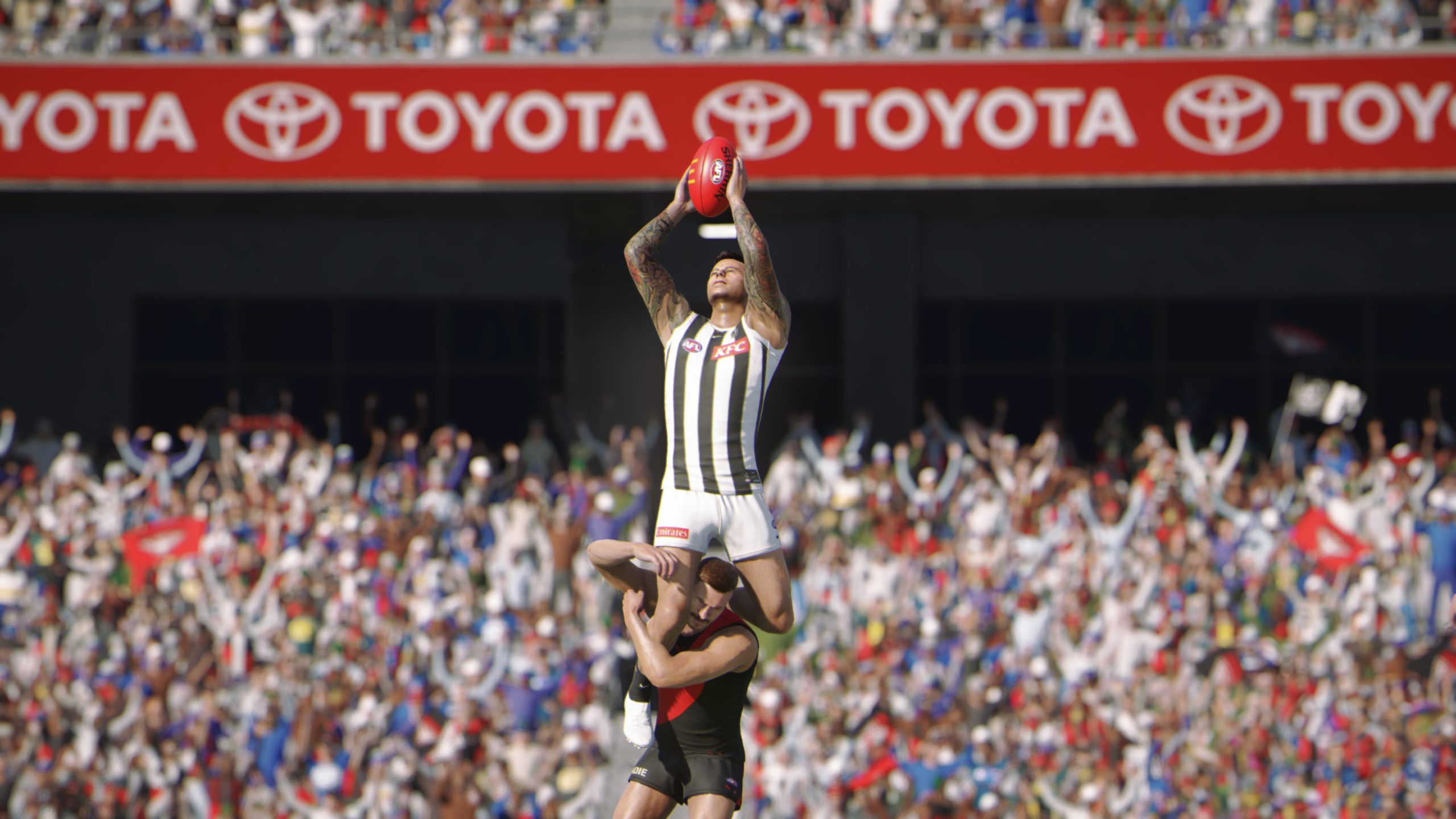

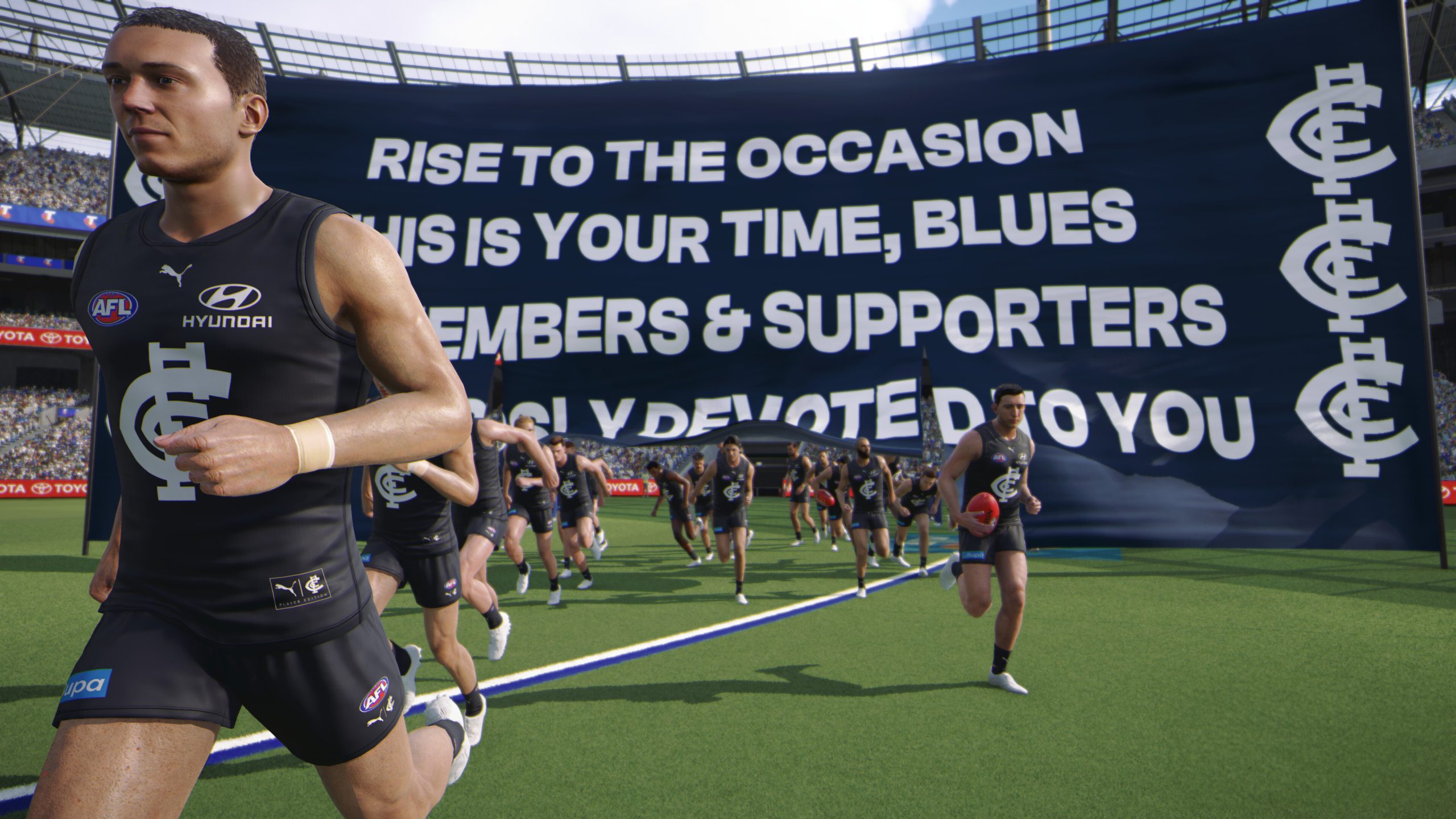
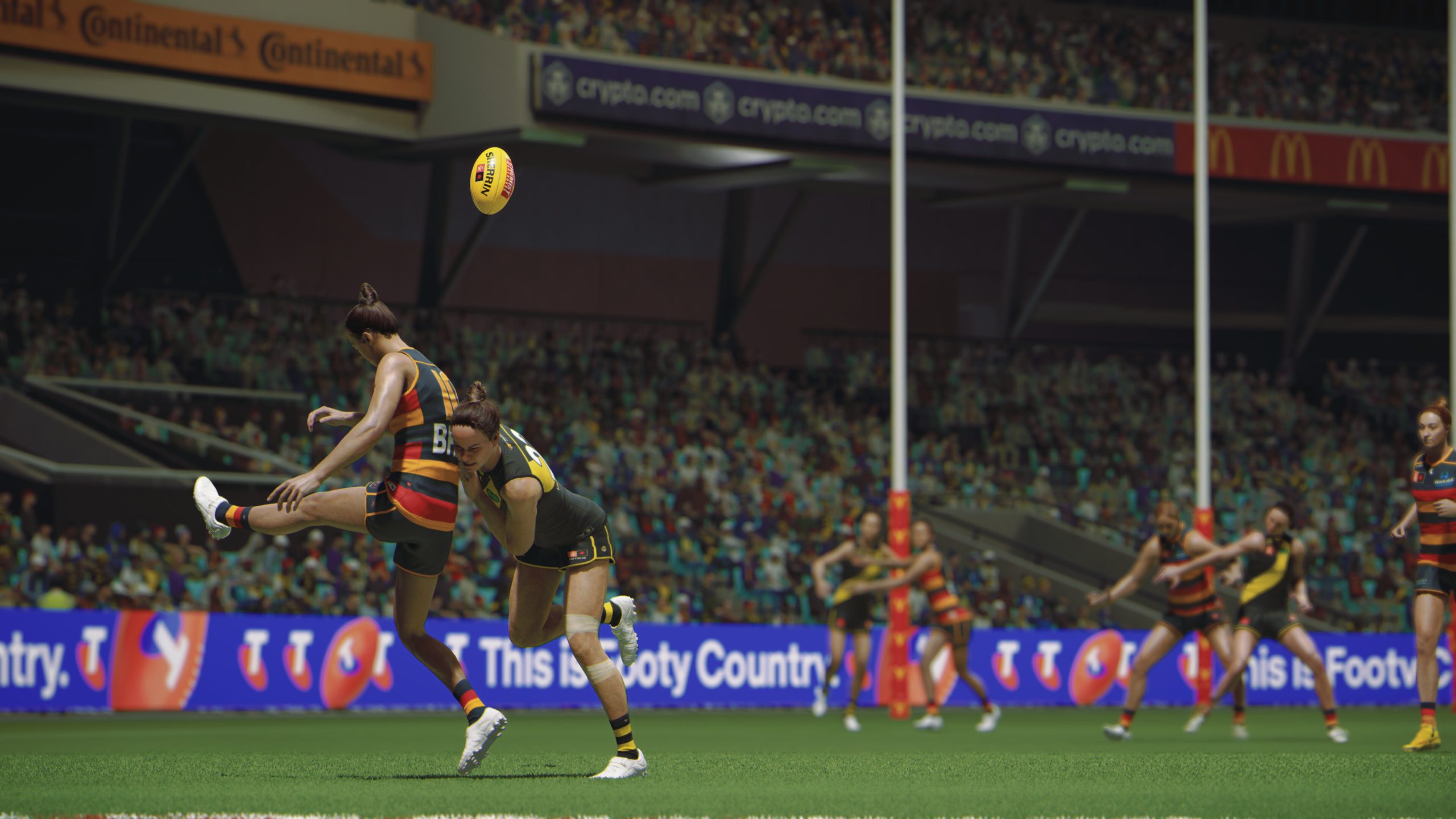
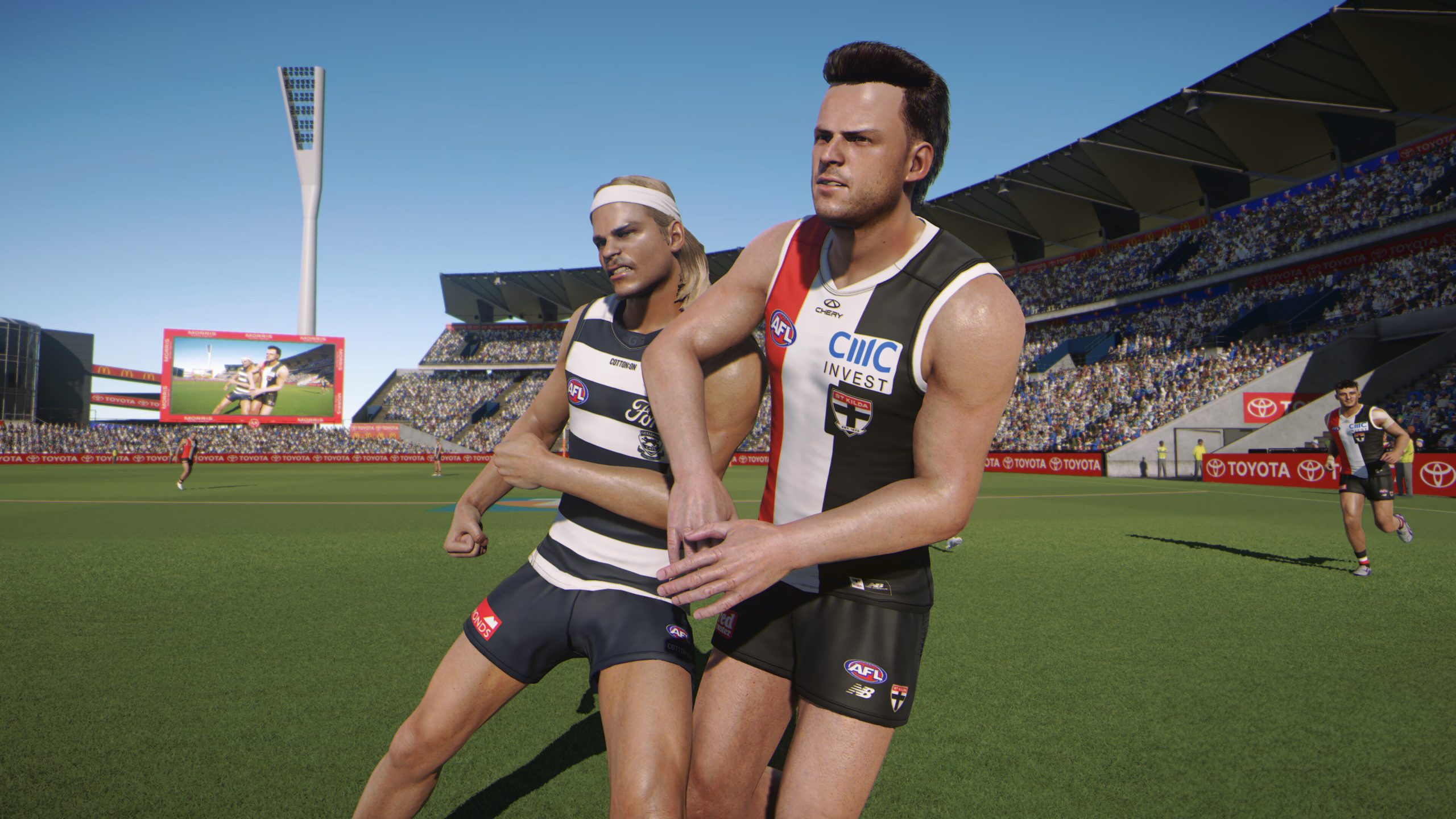
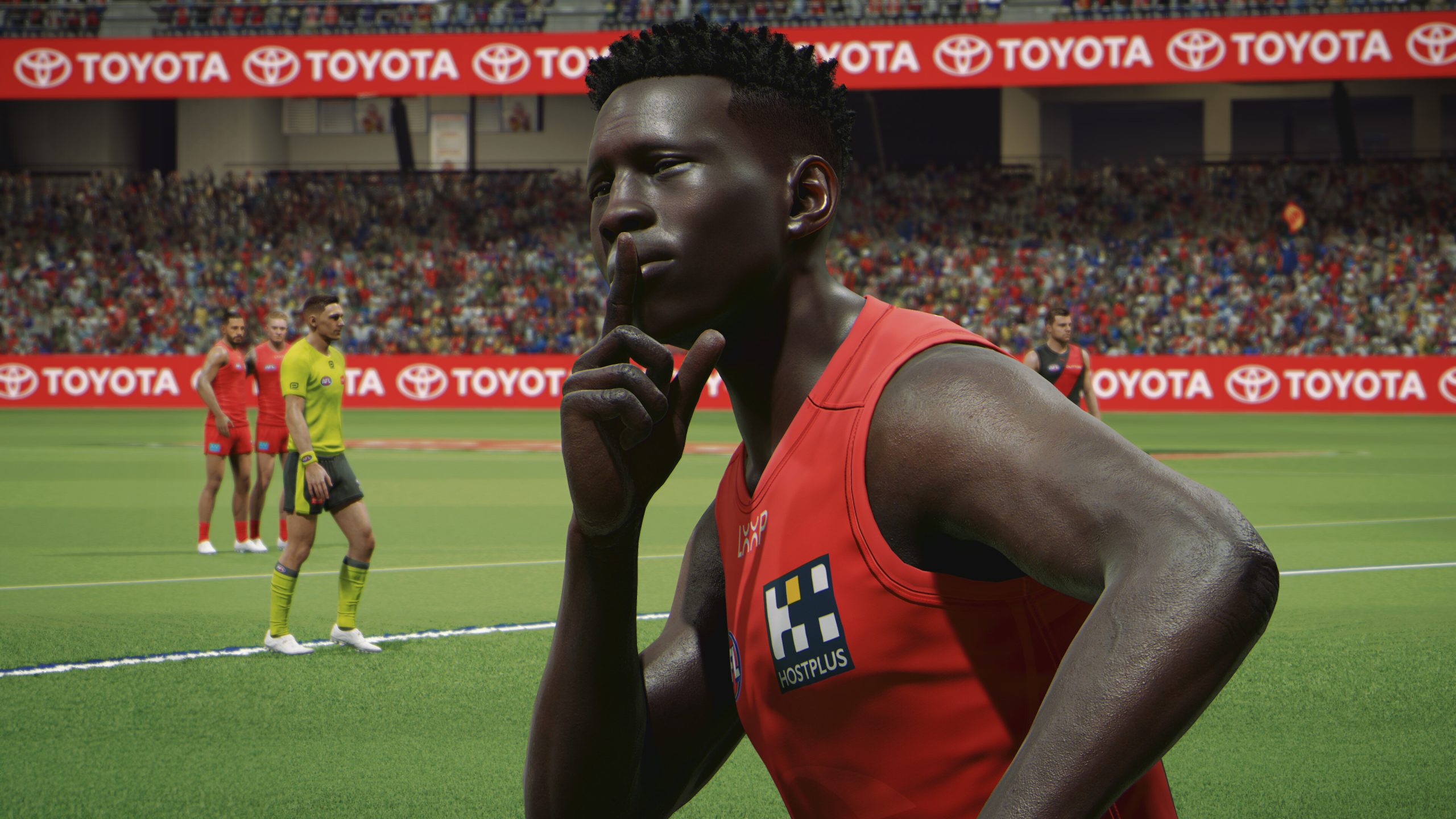

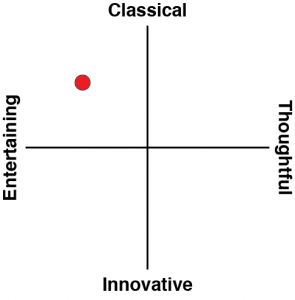

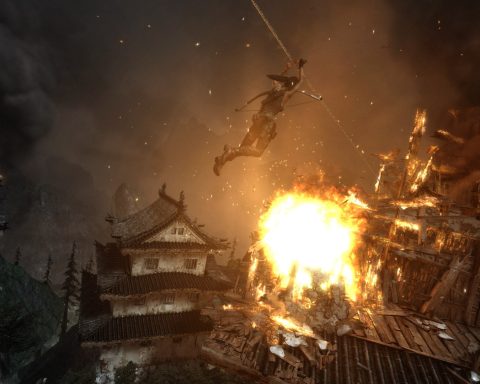



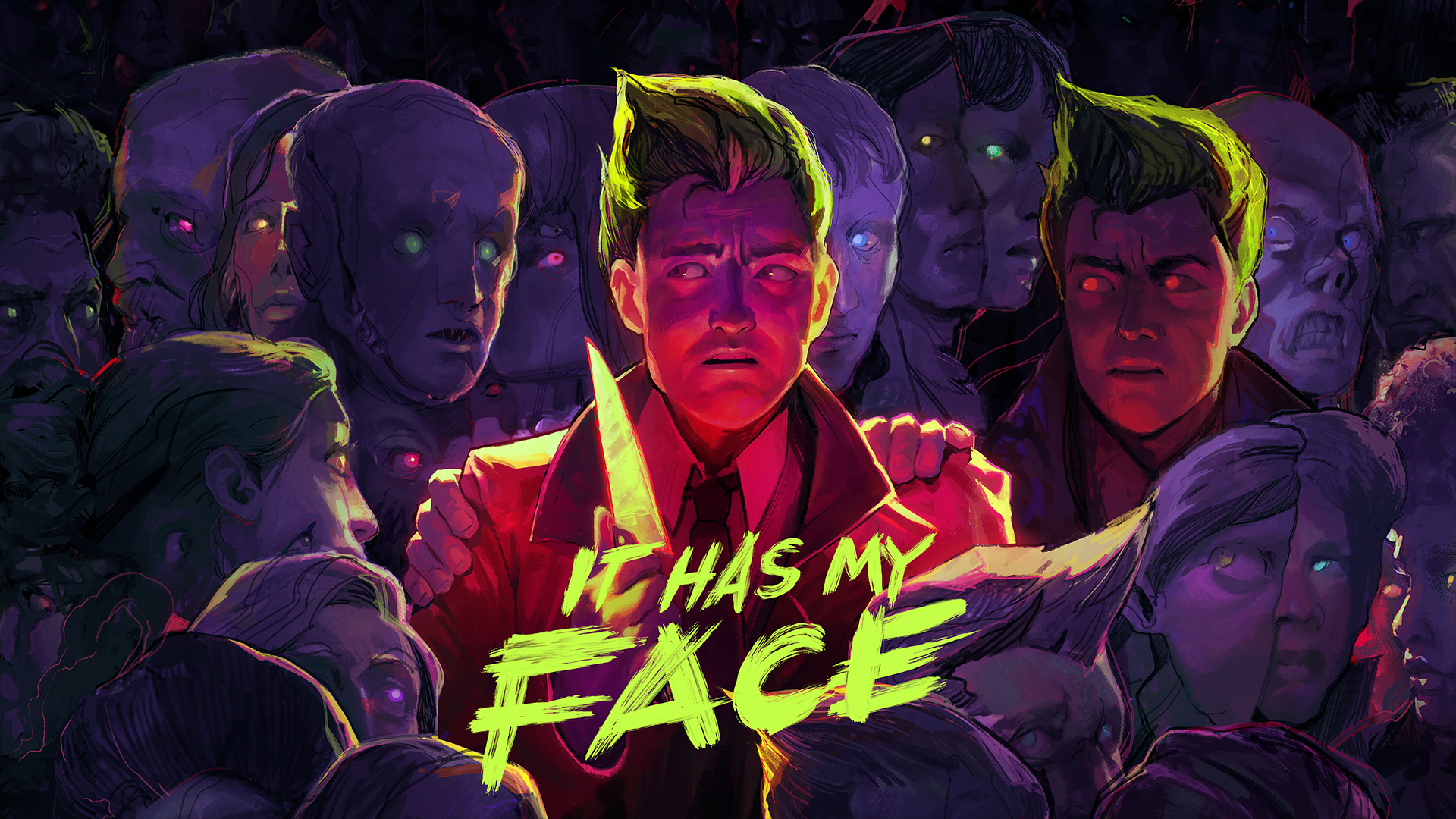
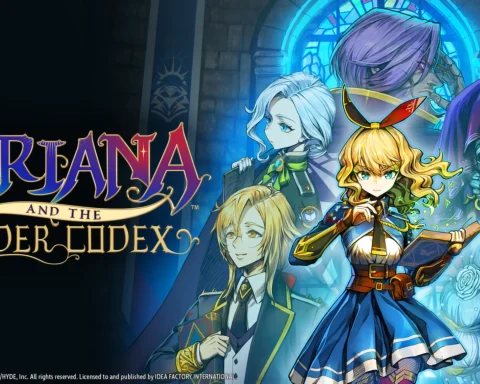



I read your whole review and I got only ons hint, close to the end, what AFL is. “AFL matches feature 18 players on each side, in fields that dwarf the size of other forms of football.” So apparently it’s a form of football 😂. By the screenshots I assume more what we calk American Football than what I would call football (Soccer) in soms parts of the world.
Yes, AFL is Australia’s national sport, and it’s a type of football in the same way that Rugby or Gridiron is, rather than soccer/football you know in Europe. If you’re interested in seeing what a match looks like, here’s a video: https://www.afl.com.au/video/1317822/match-replay-melbourne-v-hawthorn?videoId=1317822&modal=true&type=video&publishFrom=1746879600001
I’ve steen soms American football and I could never make out how it worked. This looks even more difficult to grasp. As you said, I’m sure it would be amusing seeing me try make sense of it 😆